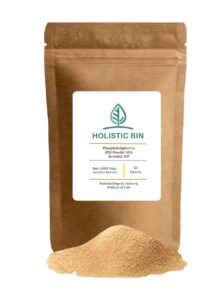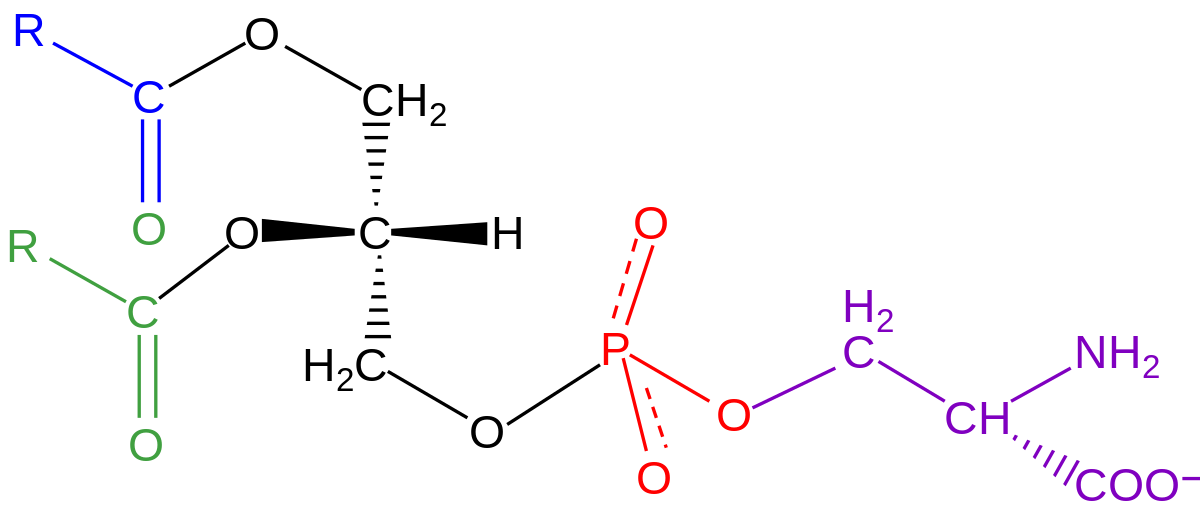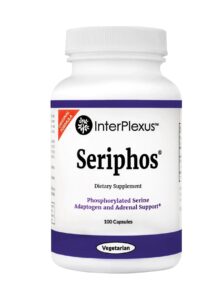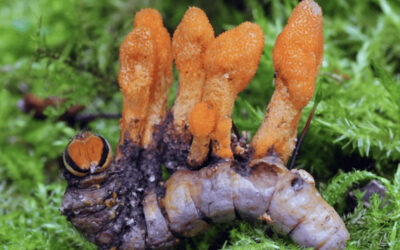Phosphatidylserine (PS), an important class of phospholipids, is primarily concentrated in the inner leaflet of the plasma membrane within neural tissues. This fatty substance serves as a protective shield for nerve cells in the brain, facilitating quick and adaptable communication between them, whilst also providing a protective benefit.
From an anti-aging and regenerative perspective, Phosphatidylserine is a key player in supporting cellular communications and helping to optimise our glucose metabolism. Its ability to aid in preserving memory, boost cognitive function and keeping up mental acuity. As we age, reduction in phosphatidylserine impacts these functions, so supplementation can be an excellent way of maintaining cognitive vitality and a balanced nervous system.
What are the potential benefits?
Improved Cognitive Function: Phosphatidylserine has been linked to enhanced cognitive function, including improved memory and concentration.
Limits cortisol-induced stress: Cortisol is released during periods of physical or mental stress, leading to adrenal fatigue. Symptoms can include, high blood pressure and sugar levels and lowered immune function.
Fighting Depression: Research suggests that Phosphatidylserine may have positive effects on mood and may aid in alleviating symptoms of depression.
Reduced Perceived Fatigue: Individuals supplementing with Phosphatidylserine have reported a reduction in perceived fatigue, contributing to increased energy levels.
Enhanced Sports Performance: Athletes may benefit from improved exercise capacity and performance due to the positive impact of Phosphatidylserine on various physiological factors.
Inflammation Reduction: The anti-inflammatory properties of Phosphatidylserine contribute to its potential in reducing inflammation, promoting overall health.
Protection Against Oxidative Damage: By fortifying cell membranes and protecting against free radicals, Phosphatidylserine acts as a shield against oxidative damage.
What is the mechanism of action inside the body?
How do we naturally synthesise PS?
Phosphatidylserine is actually found in bacteria (such as E. coli), as well as from plant sources such as soy, cabbage, egg yolks, liver, white beans, mackerel, and tuna. Including foods like this is a great start to boosting your levels
Supplementing with Levitas
Looking to boost your levels to help mitigate ageing and protect your cellular function? When considering phosphatidylserine supplementation, it’s imperative to choose high-quality products. At Levitas Retail, we stock reputable brands with high quality standards and ingredients.
Holistic Bin provides excellent plant-based supplementation in an adaptable power form, and Seriphos by InterPlexus is a highly-recommended product.
If you are looking to explore the potential of incorporating Phosphatidylserine into your lifestyle, consult with our doctors today on how it can optimise your wellbeing.






